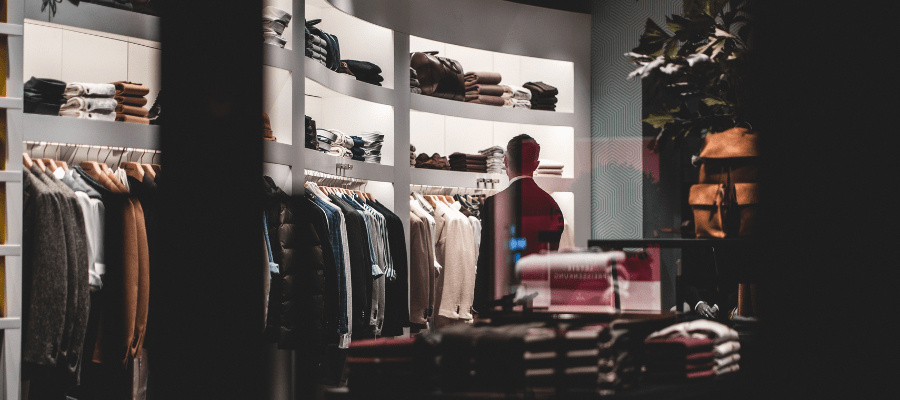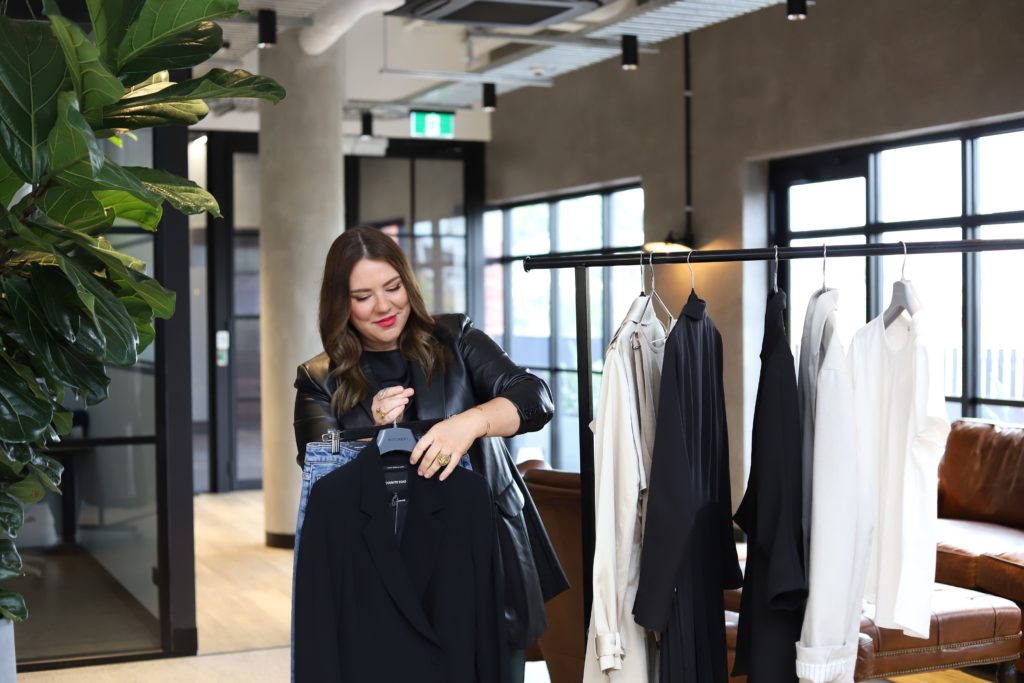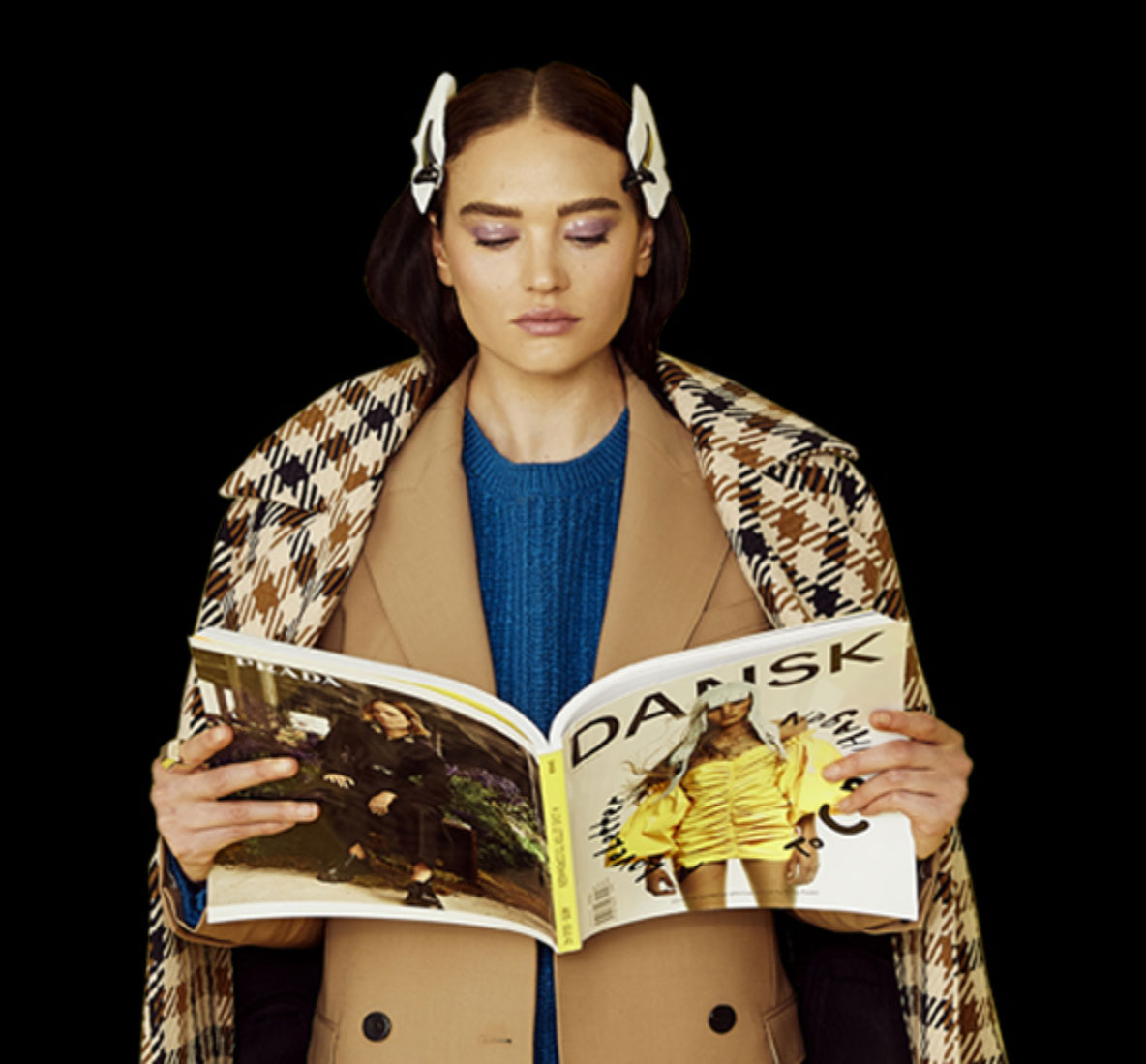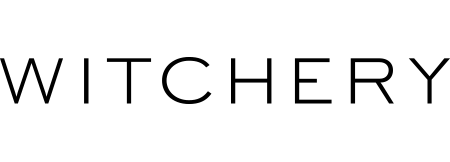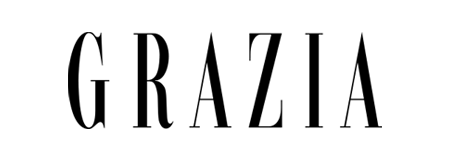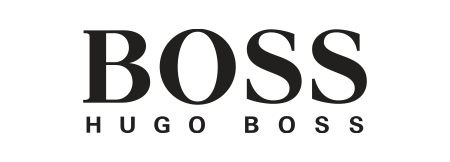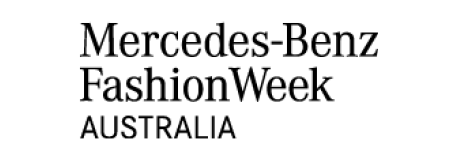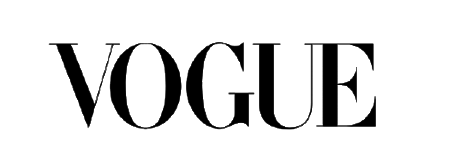Updated August 2020
There is a big difference between having great personal style and being a great personal stylist. You may not consider yourself the most fashionable dresser, but this doesn’t mean you can’t pursue a career in styling. A flair for fashion is important, of course, but understanding the psychology of style and having a desire to help people is what it takes to be a great personal stylist. In reality, stylists come from all walks of life and possess a range of fashion and creative interests. There’s far more to a professional stylist’s role than meets the eye.
So, if you’ve been toying with the idea of making a creative career change, or have always longed to work in fashion, the time has never been better.
Before you go giving your notice and booking in clients, it’s essential to understand what a personal stylist does and how you can become one.
Founder and director of Australian Style Institute, Lauren Di Bartolo is the driving force behind the successful careers of some of the country’s best stylists.
Her philosophies, experience and holistic approach to styling and education have positioned Australian Style Institute as the leading provider of fashion styling courses in the country. We sat down with Lauren to chat about how to become a personal stylist and the evolution of styling in 2020.
Tell us about your background in styling?
LDB: Like many people, I had a love of fashion, and at the time, fashion design was considered the only option. But really, I knew that wasn’t going to be the only pathway for me. I loved working with products and clothing, accessories and shoes, but I also loved working with people. Styling was a way for me to bring all of that together.
In getting started, I researched what was available in Australia and at the time styling wasn’t as widely known as it is today. I studied visual merchandising at RMIT and even though I didn’t know all the steps, I knew I wanted to make a difference and that I really cared for people. In this entrepreneurial world, we live in now; there has never really been a better time to turn your passion into something that can also be a business.
Styling let me combine the worlds of merchandising, design, and retail. So it really does sit at that central point, especially in personal styling. But then it’s also a very collaborative role, especially in editorial styling.
What does it mean to be a stylist in 2020?
LDB: While fashion trends and cycles move quickly, one thing remains the same. A stylist ultimately helps to tell a story visually. This can come in many forms; from helping clients communicate their personality at work or at home through their wardrobe choices, to creating editorial style looks for photo-shoots, advertisements and runways. Most recently, the digital landscape has encouraged the role of a stylist to evolve even further with Virtual Styling and Virtual Shopping consultant roles on the rise.
At the heart of it though, our role is somewhat of a creative middleman; we help connect the dots that assist people in making better decisions.
We’re also time and money savers. Believe it or not, that’s why people hire us. To save them money, on things they won’t wear, shouldn’t wear and can’t wear. Plus we save clients the excess time it takes to source exactly what they are looking for. Right now, this is more prevalent than ever, with many of our Stylists booked out with work as In-store and 1:1 Personal Shoppers.
What career pathways can someone expect as a stylist?
LDB: Styling continues to be one of the most sought after careers in the fashion industry and it’s easy to see why. Whether you are looking to work for some of fashion’s most recognised names or prefer to build your own personal styling business, the career pathways for stylists are endless. Some of the most popular career pathways that Australian Style Institute Stylists take include, personal styling, editorial styling, celebrity styling, virtual styling, fashion editing, digital marketing and editors, style consultants, corporate brand advisors, in-store stylists.. the list goes on. Just take a look at some of our student stories.
What is the difference between personal and editorial styling?
LDB: As a personal stylist, we help our client to develop or refine their personal style and achieve greater confidence. Personal stylists help clients overcome insecurities or uncertainties about their style (which we all have in one way or another). Understanding human behaviour when it comes to what we wear and what we buy is an important part of assisting a client.
Editorial styling sees us collaborate with other creatives to produce beautiful imagery. Behind almost every great image is a stylist. But beyond the glamour and the actual art of styling, there is so much more to what a stylist does.
We broke down these roles even further, chatting to ASI Stylists Juvelle & Sam about their roles as Personal and Editorial Stylists and how to become one.
How does someone become a personal stylist in 2020?
LDB: Everyone on Instagram is a ‘stylist,’ right!? Which is great, because we’re seeing more people engage directly with fashion and labels than ever. But that certainly doesn’t mean everyone is a stylist. The reality is, it takes more than just being able to put together outfits and take a nice photo to become a professional stylist.
The key to making it as a professional stylist is training on the psychology of style and human behaviour – the difference being the value you can impart to your clients. Without understanding your client, you can miss the mark –This is what separates professional stylists from any ‘Instagram stylist’
If you want to become a personal stylist, you need to understand that it takes time to build skills, rapport and relationships with the right people. Clients and industry experts are critical to becoming a professional stylist. You also need to be curious, hard-working and trust in your inner creative. We all possess inner creativity, but most of us don’t nurture this as adults.
What practical steps can someone take towards stating their personal styling career?
LDB: Do your research. Look for courses which provide you with in-depth styling knowledge as well as business and marketing, not a business or marketing course that only touches on styling. Styling is a craft of its own, and these skills need developing.
Find a course that offers ongoing mentoring and support. To thrive in this industry, you’re going to want people on your team who can help you succeed. Surround yourself with the right kind of people who will help you do that. Be curious, ask lots of questions and ask someone who is already successful about how they got started and got their results. Styling is a relatively new industry that isn’t as familiar to everyone yet, so finding the right kinds of information is essential.
You’ve got to be hungry and passionate, but you’ve also got to take action. We get to meet so many passionate and inspiring people who enrol in our courses and say, “I wish I’d done this five or ten years earlier”. There has never been a better time than right now, so just get started.
If you’re serious about becoming a personal stylist, The Certificate of Fashion Styling is the perfect place for you to build foundational knowledge on the psychology of style, conduct practical training and be supported by mentors and coaches throughout. Download your free Course Guide for all the information.
What makes a good stylist? What is it that separates the ‘grammers’ from the professionals?
LDB: Knowing how to communicate a message, not just your own. A good stylist can express what some else wants to say and how they want to be perceived. Having the skills to achieve the client’s desired outcome are essential.
You have to be inherently interested in others – You have to be a good listener and want to help people. I think it’s also important to be willing to be both right and wrong. While expertise matters, fashion, after all, is an opinion and a personal interpretation. What works for some, won’t necessarily work for others; a stylist can read the interpretation.
Do you feel the perception of a personal stylist has changed in the time you have been working in the industry?
LDB: Absolutely. When I first started my career nearly ten years ago, styling was considered akin to a limousine service – only accessible to those with robust funds for clothing; or for celebrities and executives, and people who spend their lives in front of a camera.
In the last decade, this perception has shifted entirely. We’re now working with a wider variety of client, who are understanding the worth of hiring an expert to help them express their identity. And not to mention the evolution of Virtual Styling and the borderless opportunities that now exist for stylists. It’s certainly on the rise and we have dedicated a whole article on “How to Become a Virtual Stylist.”
What are your top three tips for aspiring stylists?
LDB:
1. The fashion industry is so big, exciting and vast. There are so many opportunities developing that will exist tomorrow, that don’t exist today. So get in amongst it, that’s really important. Don’t get caught up in thinking the fashion industry is too competitive – it is competitive, but we are in an industry full of innovation and exciting opportunities.
2. Listen to the voice that’s telling you to explore this and start having conversations accordingly. Creative people live their fullest, happiest lives when they’re challenged and creative careers have never been so rewarded with experience, opportunities, and well-paying jobs.
3. Just take the first step. There are so many exciting new opportunities, and things are moving fast, so stop procrastinating and call our team for a chat. A simple conversation could be enough to change your life.
Developed by Lauren, the Australian Style Institute method of styling is founded on critical principles of human behaviour – enabling our professional stylists to offer a unique perspective on styling that empowers the individual. We offer four different professional styling courses, as well as flexible study methods designed to help you achieve your dreams.



